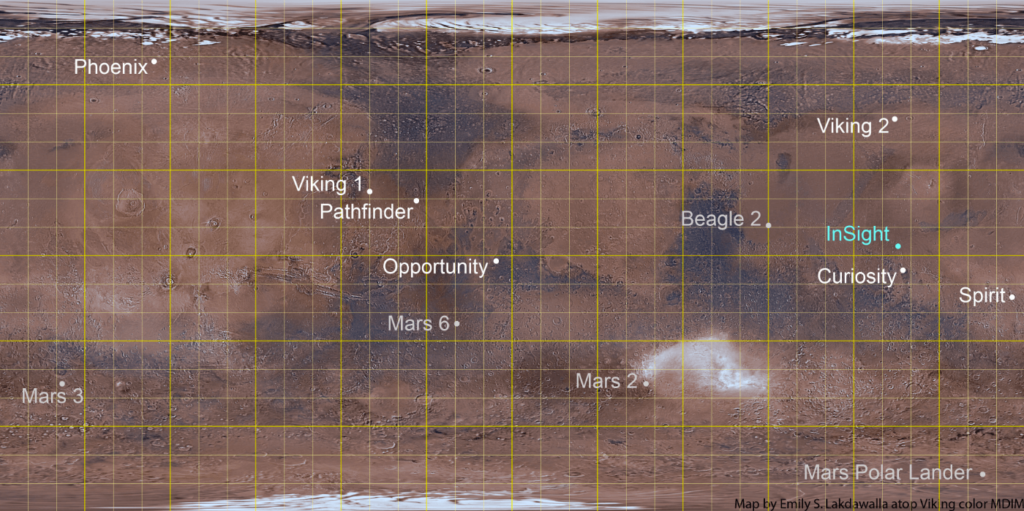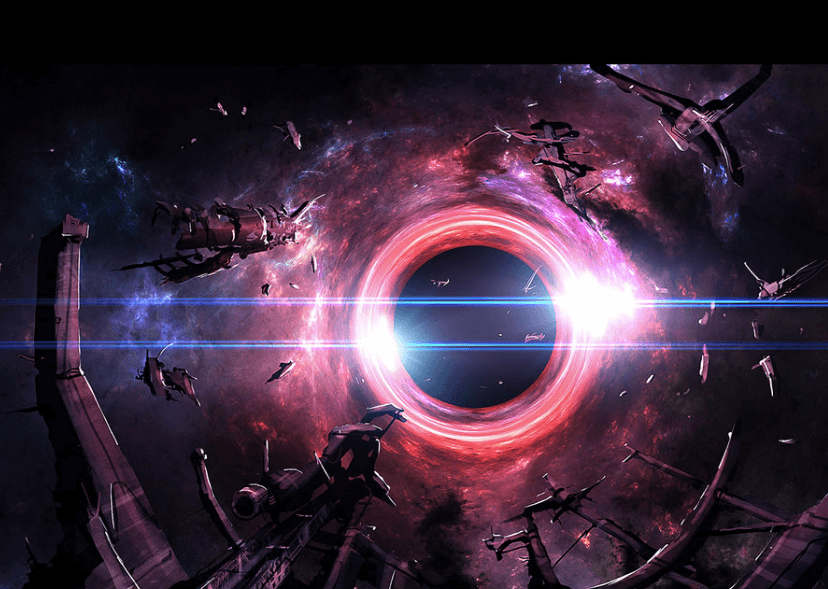There’s a big focus on getting humans to Mars at the moment. There’s people working on what folk will dwell in, who’s going, how they’re going to get there as well as a number of other problems to solve. One issue that not many people think about, but is still a big deal, is where we’ll actually land when we do arrive at the Red Planet. I mean what does a good Mars landing site look like.
In just three years from now, Elon Musk is looking to send SpaceX’s first commercial spacecraft up to Mars while NASA launches another rover to the planet. Then, maybe ten years or so later, humans might get there. It’s no surprise really that years are spent scouring images and data to ascertain the best landing site for a spacecraft. After all, they only have one shot at getting things right and they’re millions of miles away in an expensive piece of kit. So, preparation is vital.

One man who knows a lot about what’s needed for a good Mars landing site is Matt Golombek. Golombek is a scientist at NASA’s Jet Propulsion Laboratory in California who’s spent 20 years helping to evaluate and select landing sites for various Mars missions, including the Pathfinder in 1997. He is currently in the process of looking for a suitable landing site on the Red Planet for the upcoming Mars 2020 as well as helping SpaceX engineers find a site for their Red Dragon spacecraft due to launch the same year.
When Golombek was choosing sites for the Mars missions back in 1997 the smallest object he could see up there was the size of a football. Today, craft such as the Mars Reconnaissance Orbiter can see the shadows of rocks as little as 1.5 meters (5 feet) wide. According to Golombek all past and future landing sites have all been “a smooth, flat, boring place.” But this is mainly because rocky terrain could seriously damage the spacecraft.
Those landing sites nearest the equator are preferred as temperatures remain moderate. It will also mean that solar-powered spacecraft will get the maximum exposure to sunlight. Sites that are situated at low elevation are best also. On Mars, the atmosphere is very thick at low levels and would help slow down the incoming spacecraft. The trouble is that sites like this are rare on Mars, hence why it takes a lot of work to try and find one that’s suitable. NASA has three potential sites that for its 2020 mission, but it will probably take scientists another year and a half reviewing them before meeting again to present their findings to headquarters who make the final decision. So, I guess for now all we can do is wait and see what the big bosses decide.
Related Links;
- What Makes a Good Landing Site on Mars? / The Atlantic
- Scientists Shortlist Three Landing Sites for Mars 2020 / NASA
- SpaceX studying landing sites for Mars missions / SpaceNews
More News to Read











